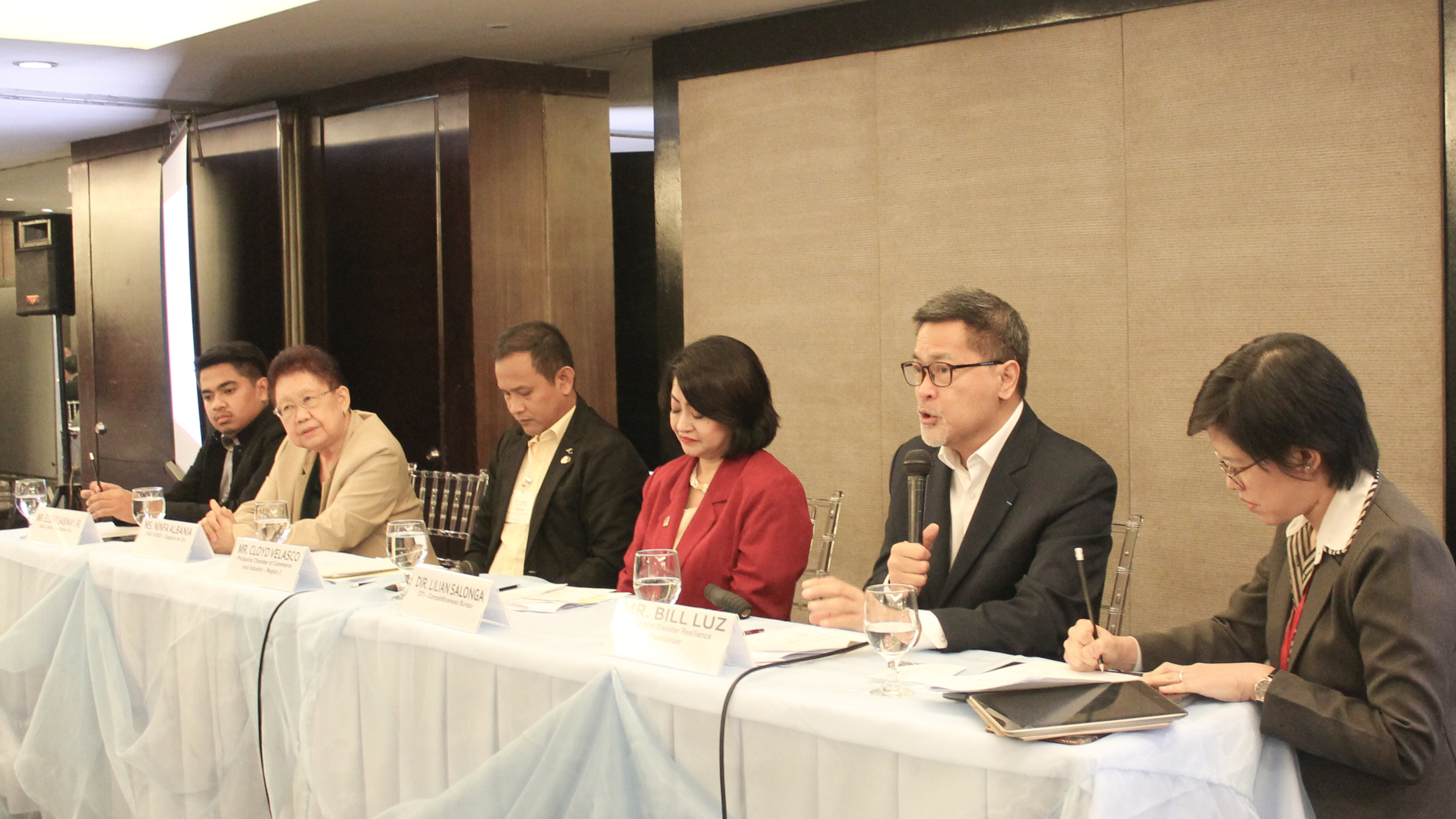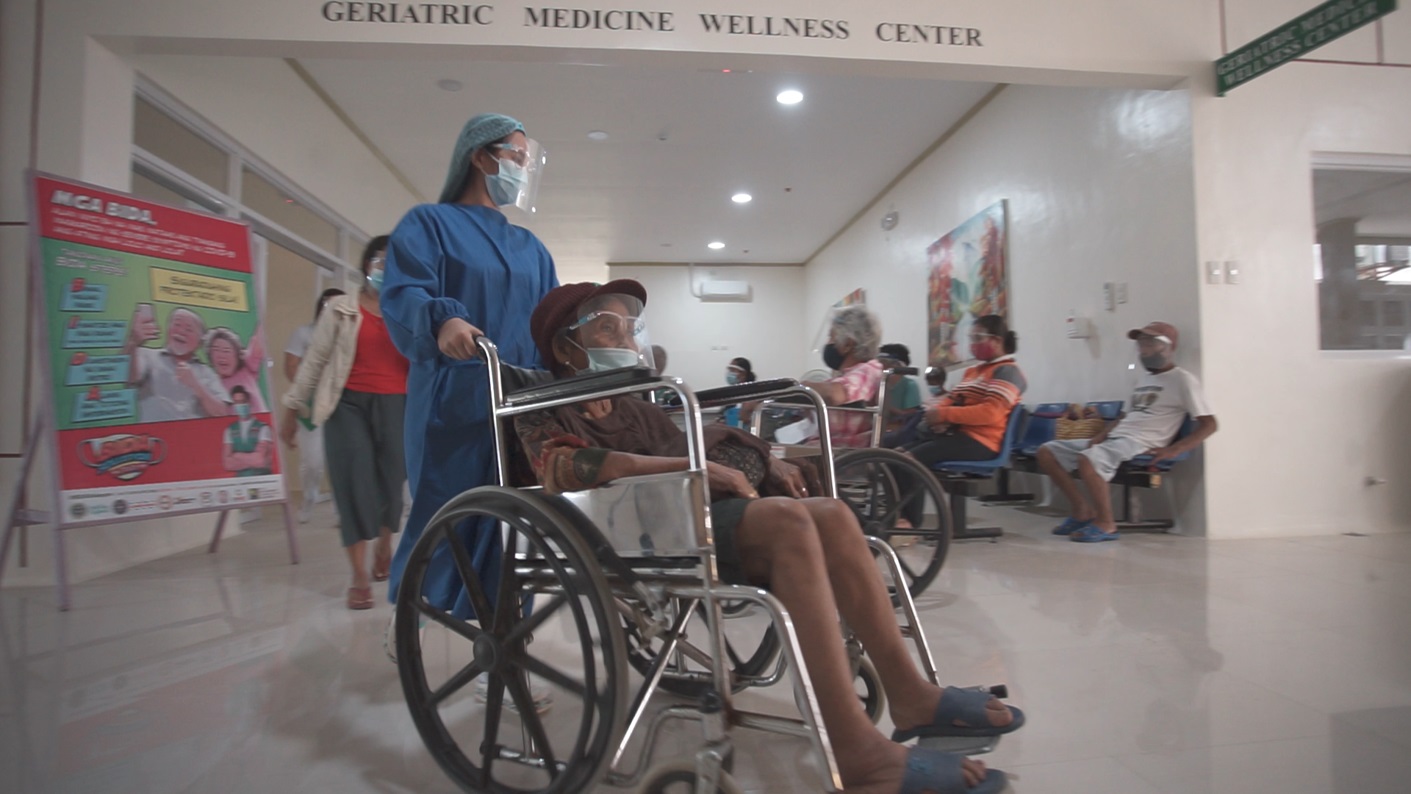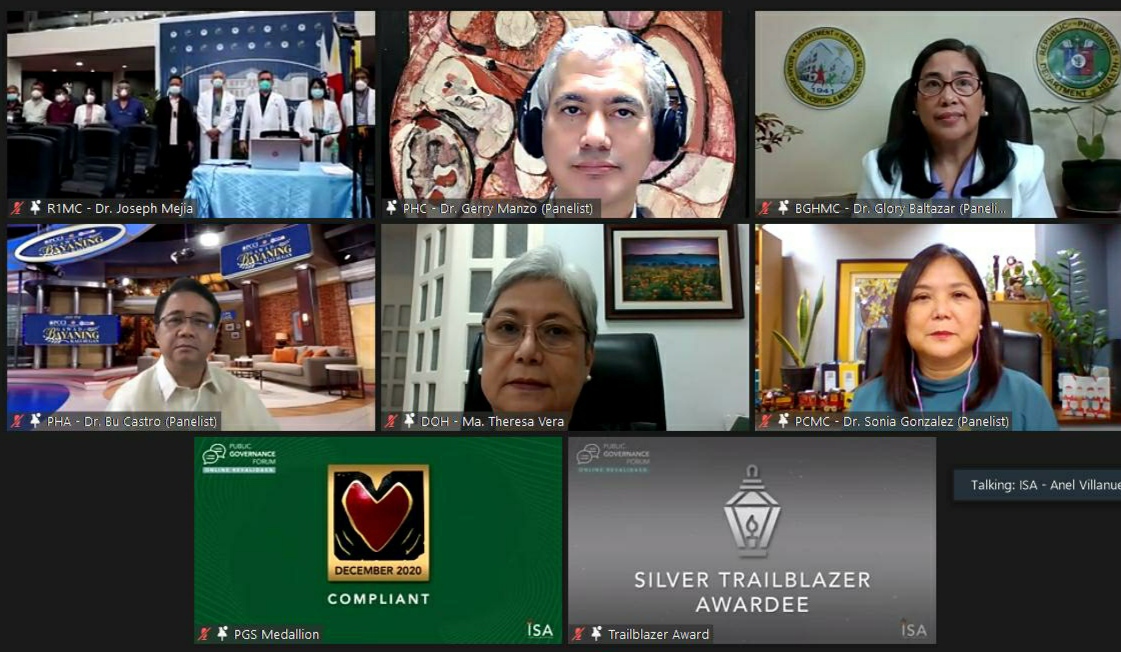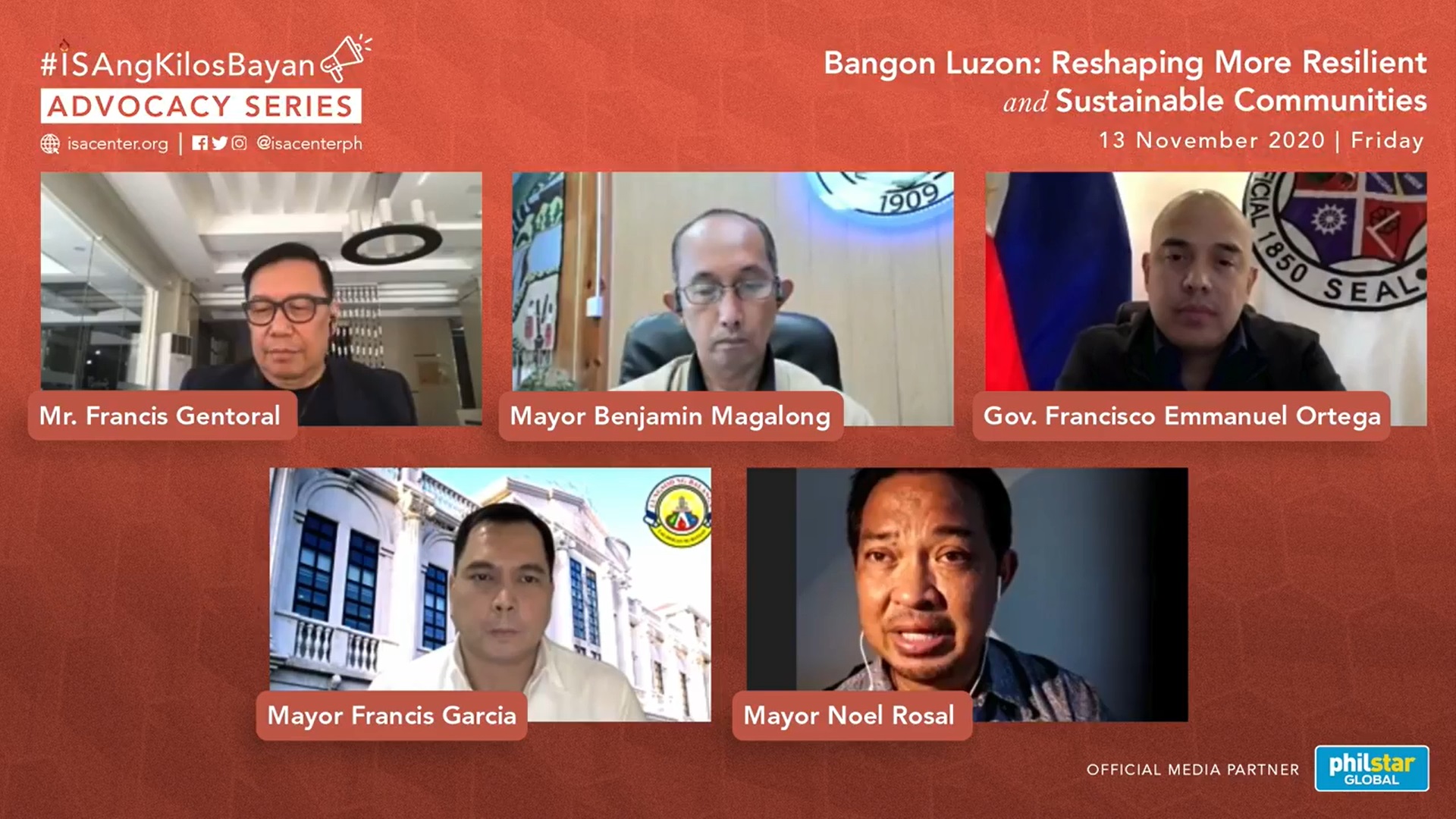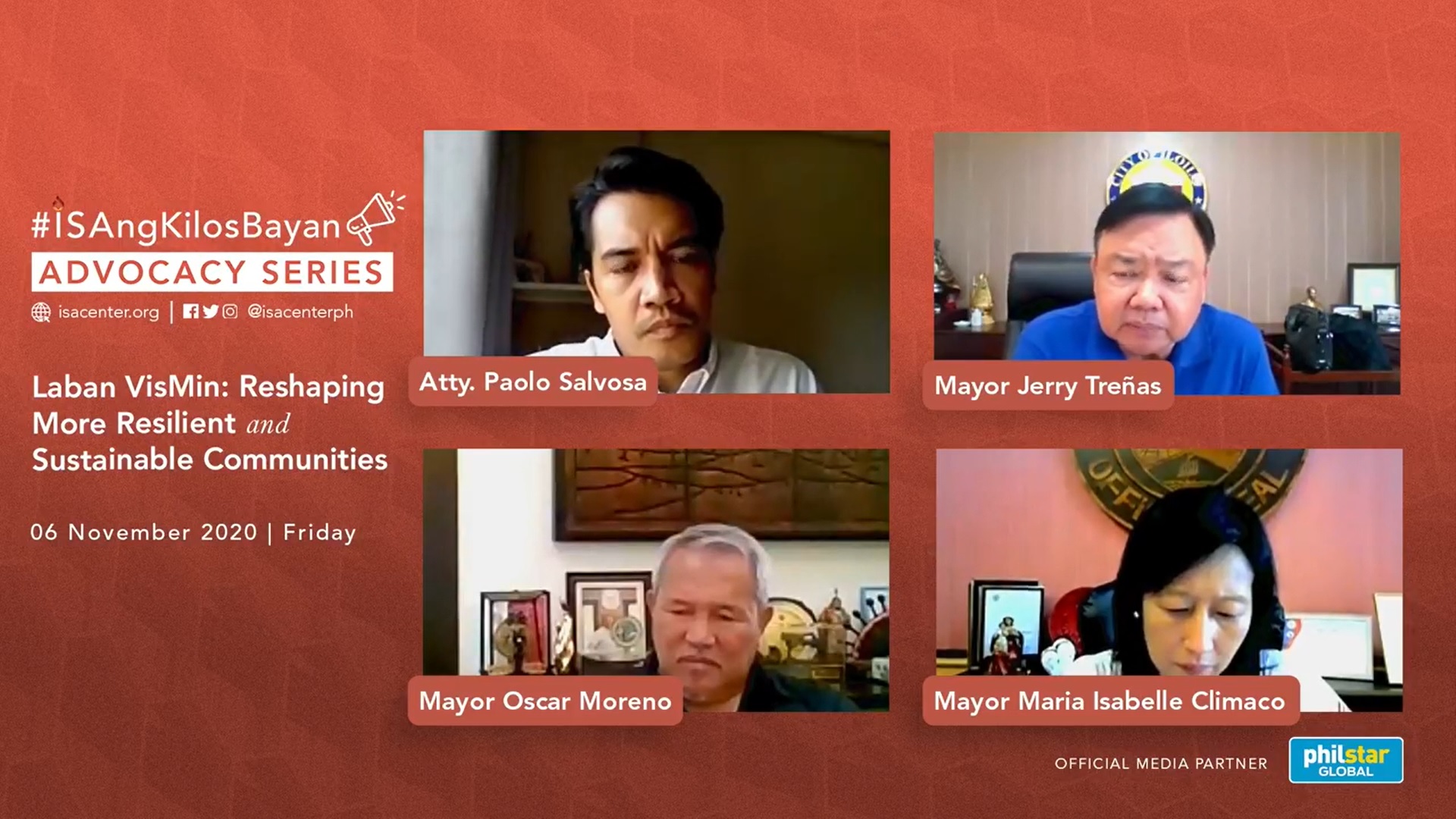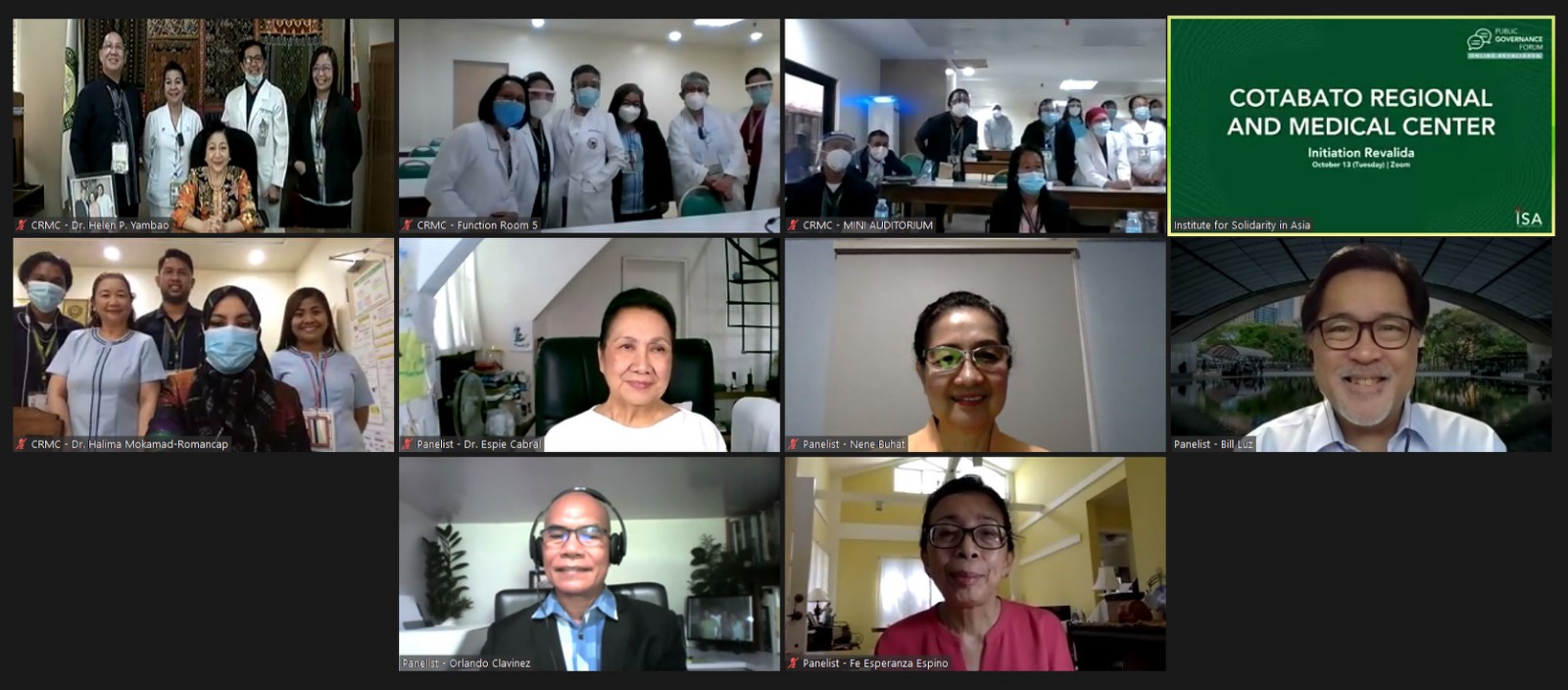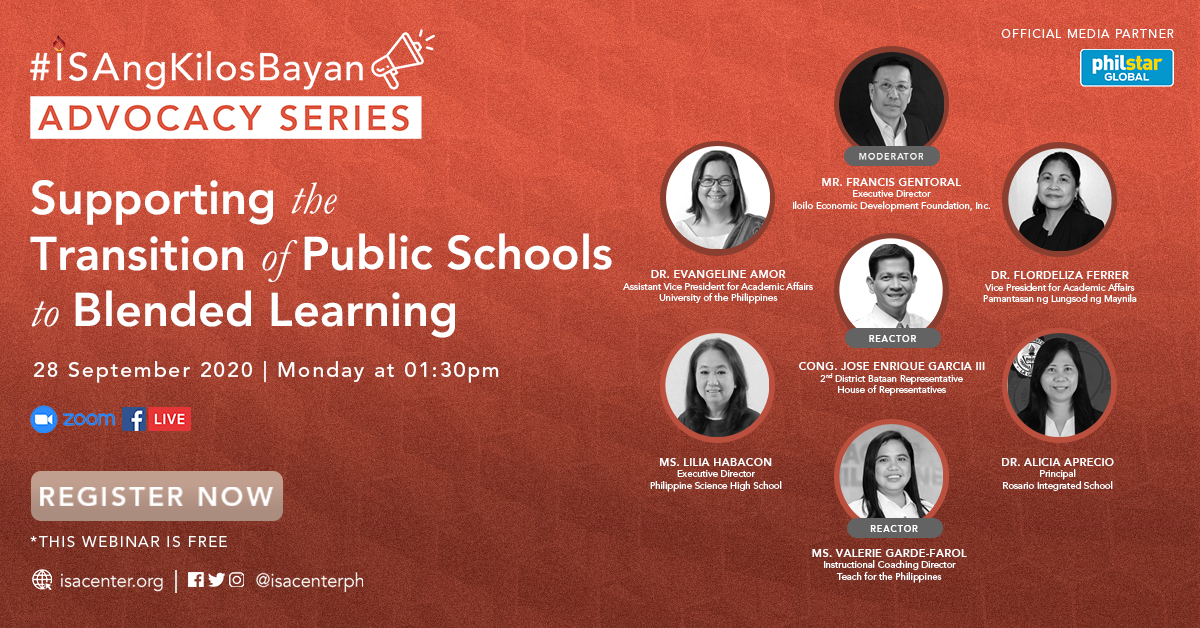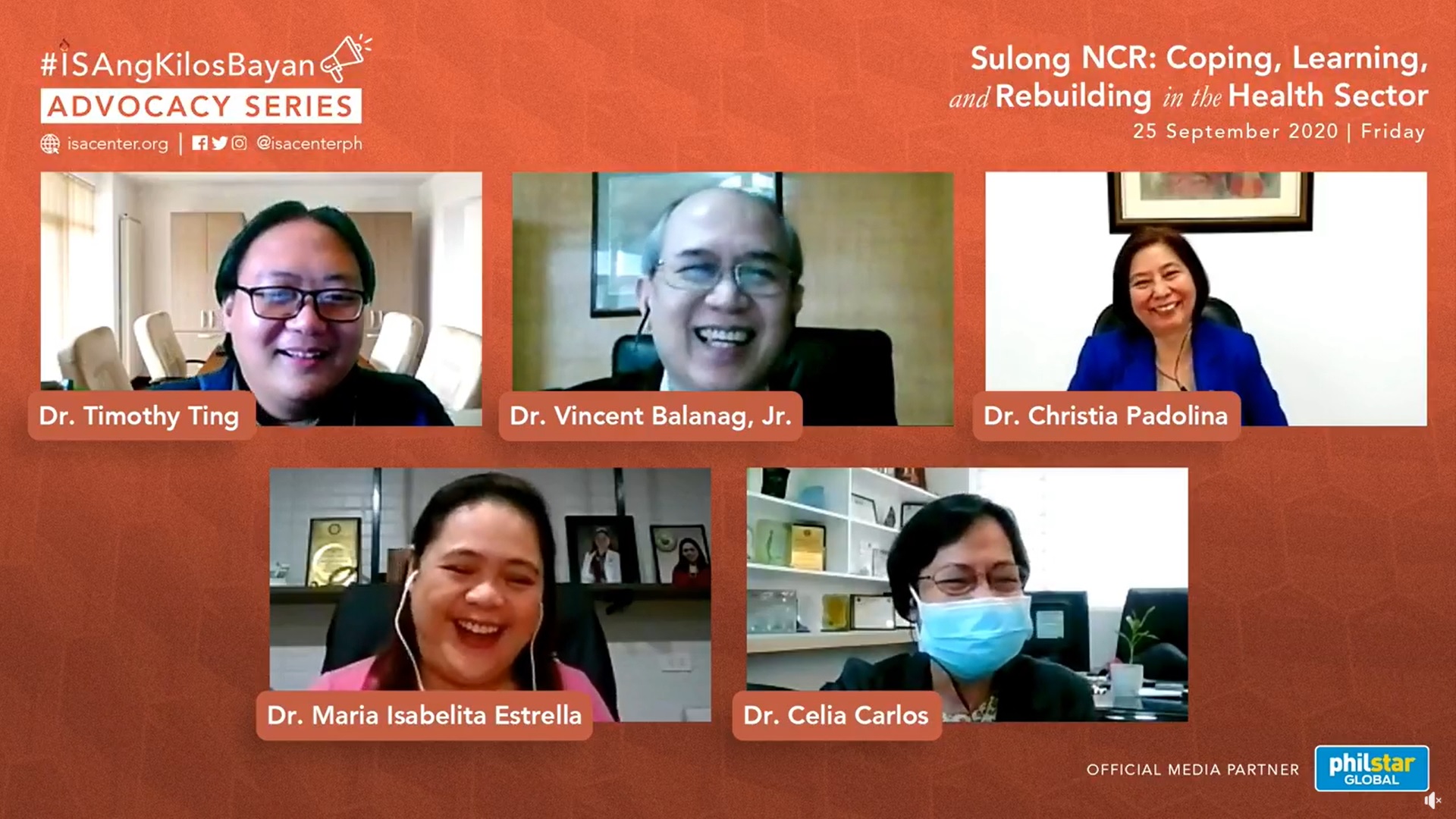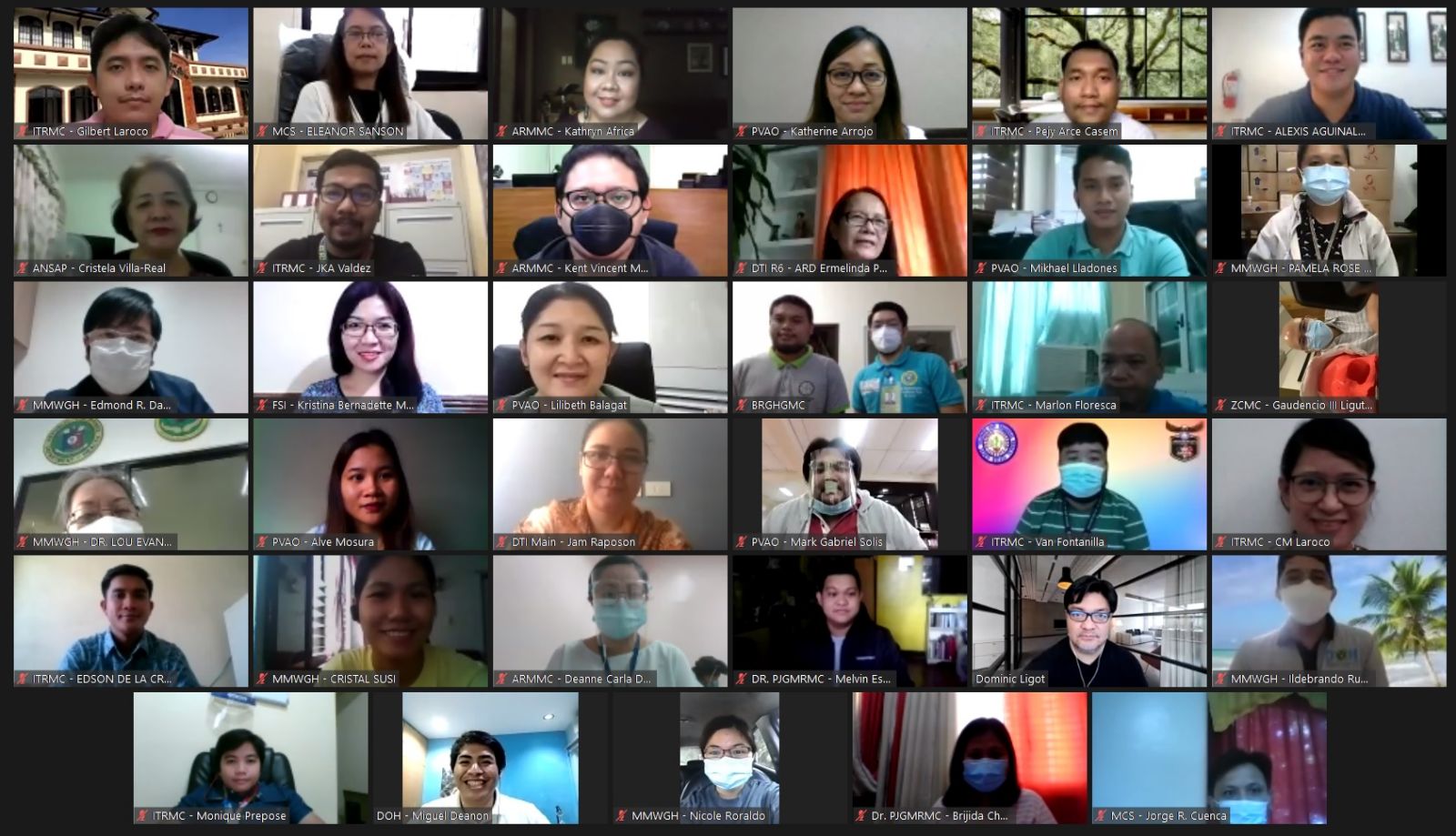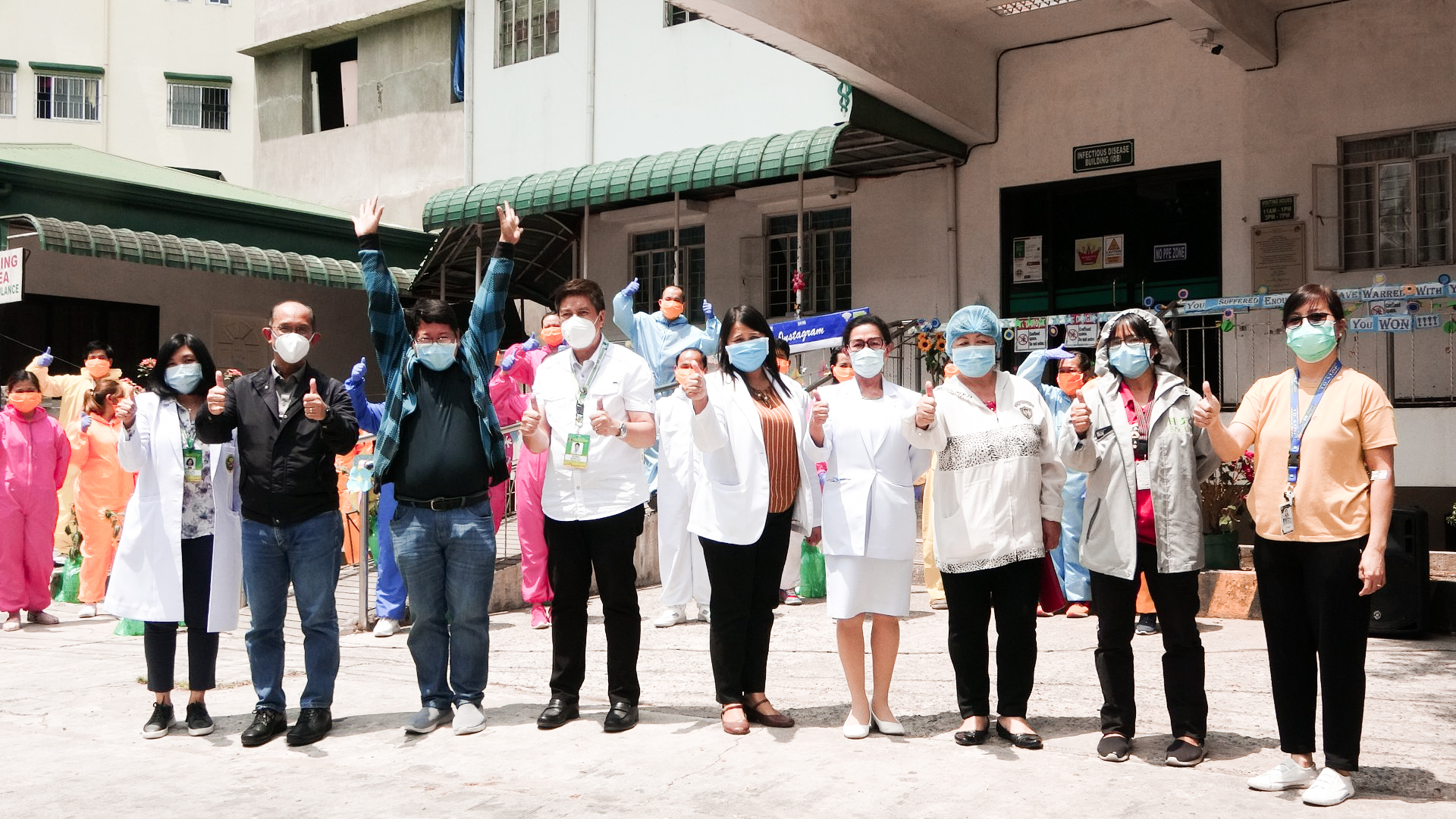[fusion_builder_container hundred_percent=”no” hundred_percent_height=”no” hundred_percent_height_scroll=”no” hundred_percent_height_center_content=”yes” equal_height_columns=”no” menu_anchor=”” hide_on_mobile=”small-visibility,medium-visibility,large-visibility” status=”published” publish_date=”” class=”” id=”” border_size=”” border_color=”” border_style=”solid” margin_top=”” margin_bottom=”” padding_top=”” padding_right=”” padding_bottom=”” padding_left=”” gradient_start_color=”” gradient_end_color=”” gradient_start_position=”0″ gradient_end_position=”100″ gradient_type=”linear” radial_direction=”center” linear_angle=”180″ background_color=”” background_image=”” background_position=”center center” background_repeat=”no-repeat” fade=”no” background_parallax=”none” enable_mobile=”no” parallax_speed=”0.3″ background_blend_mode=”none” video_mp4=”” video_webm=”” video_ogv=”” video_url=”” video_aspect_ratio=”16:9″ video_loop=”yes” video_mute=”yes” video_preview_image=”” filter_hue=”0″ filter_saturation=”100″ filter_brightness=”100″ filter_contrast=”100″ filter_invert=”0″ filter_sepia=”0″ filter_opacity=”100″ filter_blur=”0″ filter_hue_hover=”0″ filter_saturation_hover=”100″ filter_brightness_hover=”100″ filter_contrast_hover=”100″ filter_invert_hover=”0″ filter_sepia_hover=”0″ filter_opacity_hover=”100″ filter_blur_hover=”0″][fusion_builder_row][fusion_builder_column type=”1_6″ layout=”1_6″ spacing=”” center_content=”no” link=”” target=”_self” min_height=”” hide_on_mobile=”small-visibility,medium-visibility,large-visibility” class=”” id=”” hover_type=”none” border_size=”0″ border_color=”” border_style=”solid” border_position=”all” border_radius=”” box_shadow=”no” dimension_box_shadow=”” box_shadow_blur=”0″ box_shadow_spread=”0″ box_shadow_color=”” box_shadow_style=”” padding_top=”” padding_right=”” padding_bottom=”” padding_left=”” margin_top=”” margin_bottom=”” background_type=”single” gradient_start_color=”” gradient_end_color=”” gradient_start_position=”0″ gradient_end_position=”100″ gradient_type=”linear” radial_direction=”center” linear_angle=”180″ background_color=”” background_image=”” background_image_id=”” background_position=”left top” background_repeat=”no-repeat” background_blend_mode=”none” animation_type=”” animation_direction=”left” animation_speed=”0.3″ animation_offset=”” filter_type=”regular” filter_hue=”0″ filter_saturation=”100″ filter_brightness=”100″ filter_contrast=”100″ filter_invert=”0″ filter_sepia=”0″ filter_opacity=”100″ filter_blur=”0″ filter_hue_hover=”0″ filter_saturation_hover=”100″ filter_brightness_hover=”100″ filter_contrast_hover=”100″ filter_invert_hover=”0″ filter_sepia_hover=”0″ filter_opacity_hover=”100″ filter_blur_hover=”0″ last=”false” element_content=”” first=”true”][/fusion_builder_column][fusion_builder_column type=”2_3″ layout=”2_3″ spacing=”” center_content=”no” link=”” target=”_self” min_height=”” hide_on_mobile=”small-visibility,medium-visibility,large-visibility” class=”” id=”” hover_type=”none” border_size=”0″ border_color=”” border_style=”solid” border_position=”all” border_radius=”” box_shadow=”no” dimension_box_shadow=”” box_shadow_blur=”0″ box_shadow_spread=”0″ box_shadow_color=”” box_shadow_style=”” padding_top=”” padding_right=”” padding_bottom=”” padding_left=”” margin_top=”” margin_bottom=”” background_type=”single” gradient_start_color=”” gradient_end_color=”” gradient_start_position=”0″ gradient_end_position=”100″ gradient_type=”linear” radial_direction=”center” linear_angle=”180″ background_color=”” background_image=”” background_image_id=”” background_position=”left top” background_repeat=”no-repeat” background_blend_mode=”none” animation_type=”” animation_direction=”left” animation_speed=”0.3″ animation_offset=”” filter_type=”regular” filter_hue=”0″ filter_saturation=”100″ filter_brightness=”100″ filter_contrast=”100″ filter_invert=”0″ filter_sepia=”0″ filter_opacity=”100″ filter_blur=”0″ filter_hue_hover=”0″ filter_saturation_hover=”100″ filter_brightness_hover=”100″ filter_contrast_hover=”100″ filter_invert_hover=”0″ filter_sepia_hover=”0″ filter_opacity_hover=”100″ filter_blur_hover=”0″ last=”false” first=”false”][fusion_text columns=”” column_min_width=”” column_spacing=”” rule_style=”default” rule_size=”” rule_color=”” hide_on_mobile=”small-visibility,medium-visibility,large-visibility” class=”” id=”” animation_type=”” animation_direction=”left” animation_speed=”0.3″ animation_offset=””]
Right now, the Philippines is backsliding on its competitiveness streak. New challenges have arisen since 2015, pushing the country back to lower competitiveness rankings in the World Economic Forum (WEF) Global Competitiveness Index. Yet, the country known to the rest of the world for its resiliency remains eager to bounce back in response to the setback. Still, for comeback initiatives to remain solid and relevant, they needed a crucial driver behind the wheel. That driver was governance.
Planting the seeds
The role of governance in competitiveness is what ISA, together with the Center for International Private Enterprise (CIPE) has dared to explore this past year through regional competitiveness dialogues piloted in three regions: Region II, Region VII, and Region X. These dialogues championed “a whole of region” approach to the march towards economic prosperity, addressing weak spots in national competitiveness in terms of policies and stakeholder coordination by crafting a regional competitiveness roadmap and convening its champions from the public and private sectors.
After planting the seeds in the regions, the three-part pilot concluded last November 29, 2019 with a National Competitiveness Forum (NCF) held at Astoria Plaza, Ortigas. CIPE Regional Coordinator Mr. Ryan Evangelista kicked off the program and shared the context of CIPE’s engagement with ISA. He mentioned how the partnership bore a multi-stakeholder approach to economic development, where the business sector, in cooperation with the public sector and civil society, actively participates in governance initiatives that seek to improve policies and mechanisms for competitiveness.
[/fusion_text][fusion_imageframe image_id=”7795|full” max_width=”” style_type=”” blur=”” stylecolor=”” hover_type=”none” bordersize=”” bordercolor=”” borderradius=”” align=”none” lightbox=”no” gallery_id=”” lightbox_image=”” lightbox_image_id=”” alt=”” link=”” linktarget=”_self” hide_on_mobile=”small-visibility,medium-visibility,large-visibility” class=”” id=”” animation_type=”” animation_direction=”left” animation_speed=”0.3″ animation_offset=””]https://isacenter.org/wp-content/uploads/2019/12/IMG_7839-scaled.jpg[/fusion_imageframe][fusion_text columns=”” column_min_width=”” column_spacing=”” rule_style=”default” rule_size=”” rule_color=”” animation_type=”” animation_direction=”left” animation_speed=”0.3″ animation_offset=”” hide_on_mobile=”small-visibility,medium-visibility,large-visibility” class=”” id=””]
Dr. Jesus P. Estanislao delivers a keynote address at the National Competitiveness Forum
[/fusion_text][fusion_text columns=”” column_min_width=”” column_spacing=”” rule_style=”default” rule_size=”” rule_color=”” hide_on_mobile=”small-visibility,medium-visibility,large-visibility” class=”” id=”” animation_type=”” animation_direction=”left” animation_speed=”0.3″ animation_offset=””]
Game-changing outcomes
This was followed by the keynote address of Dr. Jesus P. Estanislao, ISA Chairman Emeritus, in which he discussed the systemic link between poverty, development, corruption, and governance. Placed at the center of it, according to him, is competitiveness.
“[Competitiveness] is delivered by governance, which leads to transformation and development, making it anti-poverty. Governance is the surest path [towards] development,” added Dr. Estanislao.
He then offered a different approach to competitiveness which tackles the aforementioned connections at the national level. This is done by integrating the 12 pillars assessed by WEF into four governance facets. Under these facets, the nation’s strategic priorities could be identified to determine the next courses of action. Once the regions are able to deliver “strategic, game-changing outcomes,” the country can concretize the “whole of nation approach” by creating national coherence among the regional actions on the ground and the national competitiveness priorities.
The regional roadmaps
Later, panel presentations called on representatives from the pilot regions to share their respective regional roadmaps and the actions taken since its crafting.
Mr. Elizar Sabinay, Jr., Program Coordinator of Cebu Leads Foundation, Inc., showcased the Region VII roadmap, which reflects the region’s goal “to be the preferred investment destination in Asia for technology-driven sector, niche manufacturing, and tourism by being a highly coordinated and integrated region with inclusive linkages, complementary industries, and strong infrastructure by 2023.” He also underscored the importance of a public-private partnership in reviewing and addressing the region’s concerns.
Following this was the presentation of Ms. Ninfa Albania, City Program Coordinator of USAID SURGE, a five-year project that fosters economic growth and development for cities outside the country’s central business districts. She shared how Region X’s goal to become “the preferred Gateway, Industrial Core, and Trade Center in the South by 2023” led them to not only leverage key industries but also to invest in the holistic development of people and societies.
Lastly, Mr. Cloyd Velasco, Regional Governor of the Philippine Chamber of Commerce and Industry (PCCI) Region II, walked the audience through Region II’s roadmap in which they aim to be “a leading sustainable agri-industrial hub and a preferred tourism destination in Luzon (by 2023) and the Philippines (by 2028).” He narrated how the problem of individualism had long clouded the efforts of the region towards development, with natural disasters adding to the slow economic growth of their key industries. With the roadmap, Region II is now “moving towards [becoming] a [more] collaborative” unit and is looking forward to achieving greater outcomes.
[/fusion_text][fusion_imageframe image_id=”7796|full” max_width=”” style_type=”” blur=”” stylecolor=”” hover_type=”none” bordersize=”” bordercolor=”” borderradius=”” align=”none” lightbox=”no” gallery_id=”” lightbox_image=”” lightbox_image_id=”” alt=”” link=”” linktarget=”_self” hide_on_mobile=”small-visibility,medium-visibility,large-visibility” class=”” id=”” animation_type=”” animation_direction=”left” animation_speed=”0.3″ animation_offset=””]https://isacenter.org/wp-content/uploads/2019/12/IMG_7924-scaled.jpg[/fusion_imageframe][fusion_text columns=”” column_min_width=”” column_spacing=”” rule_style=”default” rule_size=”” rule_color=”” animation_type=”” animation_direction=”left” animation_speed=”0.3″ animation_offset=”” hide_on_mobile=”small-visibility,medium-visibility,large-visibility” class=”” id=””]
From left to right: Regional representatives Mr. Elizar Sabinay, Jr., Ms. Ninfa Albania, and Mr. Cloyd Velasco are joined by Ms. Lilian Salonga and Mr. Guillermo Luz for a panel discussion on best practices in competitiveness. Dr. Abby de Leon moderates the discussion.
[/fusion_text][fusion_text columns=”” column_min_width=”” column_spacing=”” rule_style=”default” rule_size=”” rule_color=”” hide_on_mobile=”small-visibility,medium-visibility,large-visibility” class=”” id=”” animation_type=”” animation_direction=”left” animation_speed=”0.3″ animation_offset=””]
The first of many
The forum ended with a roundtable discussion where the three presenters were joined by Ms. Lilian Salonga, Director of the Competitiveness Bureau of the Department of Trade and Industry (DTI), and Mr. Guillermo Luz, Chief Resilience Officer of the Philippine Disaster Resilience Foundation. In it, panelists shared best practices in strengthening regional competitiveness, highlighting the need for data-driven, evidence-based, future-focused strategies. They also answered clarificatory questions regarding existing local policies and priorities.
On that note, with so much more to explore and improve on to establish the country’s comeback in competitiveness both in the national and regional context, it is the shared hope of ISA, CIPE, and the pilot regions that these regional consultations would be the first of many more dialogues to come.
[/fusion_text][/fusion_builder_column][fusion_builder_column type=”1_6″ layout=”1_6″ spacing=”” center_content=”no” link=”” target=”_self” min_height=”” hide_on_mobile=”small-visibility,medium-visibility,large-visibility” class=”” id=”” hover_type=”none” border_size=”0″ border_color=”” border_style=”solid” border_position=”all” border_radius=”” box_shadow=”no” dimension_box_shadow=”” box_shadow_blur=”0″ box_shadow_spread=”0″ box_shadow_color=”” box_shadow_style=”” padding_top=”” padding_right=”” padding_bottom=”” padding_left=”” margin_top=”” margin_bottom=”” background_type=”single” gradient_start_color=”” gradient_end_color=”” gradient_start_position=”0″ gradient_end_position=”100″ gradient_type=”linear” radial_direction=”center” linear_angle=”180″ background_color=”” background_image=”” background_image_id=”” background_position=”left top” background_repeat=”no-repeat” background_blend_mode=”none” animation_type=”” animation_direction=”left” animation_speed=”0.3″ animation_offset=”” filter_type=”regular” filter_hue=”0″ filter_saturation=”100″ filter_brightness=”100″ filter_contrast=”100″ filter_invert=”0″ filter_sepia=”0″ filter_opacity=”100″ filter_blur=”0″ filter_hue_hover=”0″ filter_saturation_hover=”100″ filter_brightness_hover=”100″ filter_contrast_hover=”100″ filter_invert_hover=”0″ filter_sepia_hover=”0″ filter_opacity_hover=”100″ filter_blur_hover=”0″ last=”true” element_content=”” first=”false”][/fusion_builder_column][/fusion_builder_row][/fusion_builder_container]

